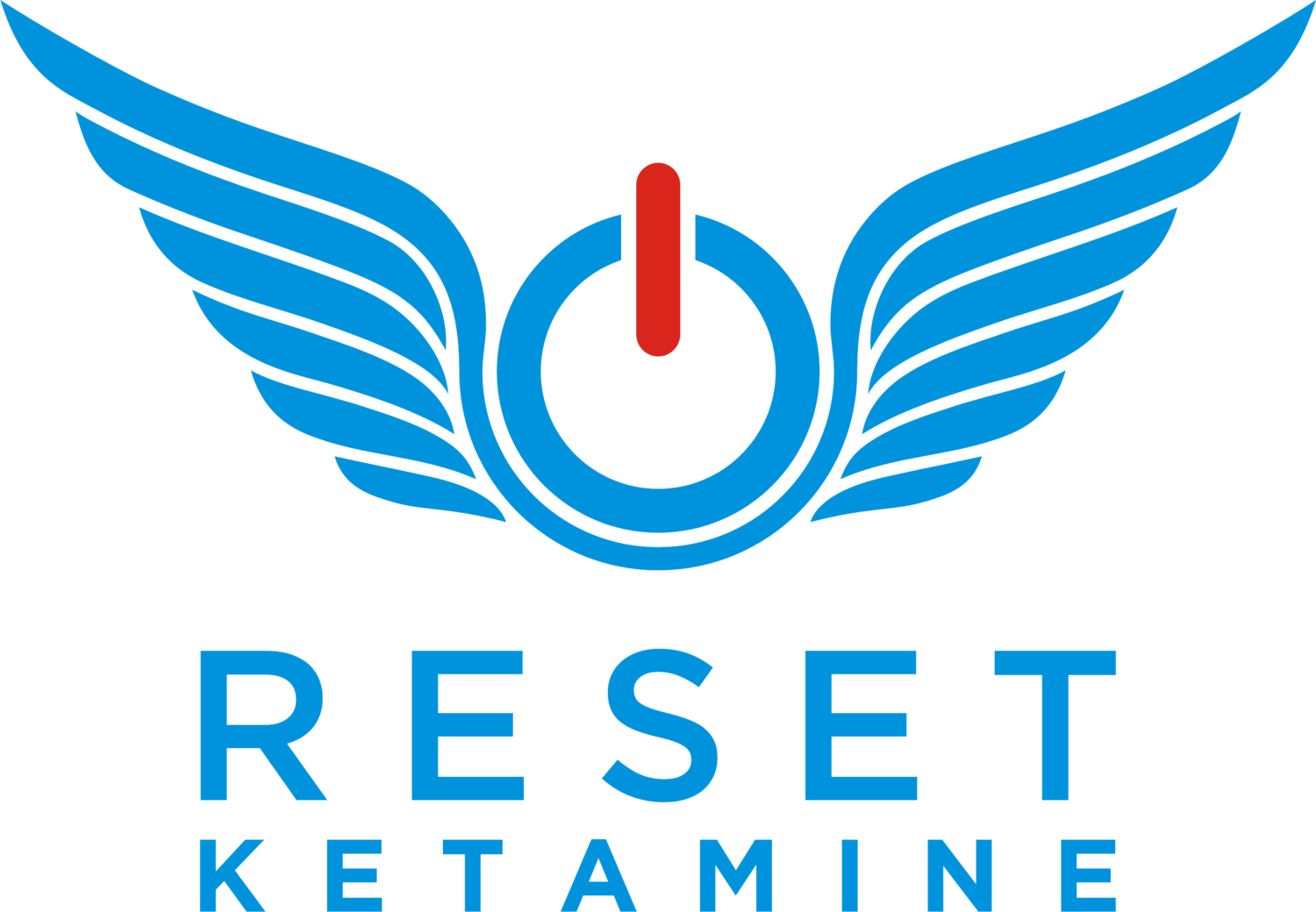Ketamine can be an incredibly powerful tool for the treatment of depression, PTSD, anxiety, OCD, trigeminal neuralgia, migraines, and chronic pain. When used properly with an experienced healthcare provider, ketamine can help catalyze transformational, ineffable experiences. But there are times that someone may have a negative, frightening, or challenging experience. So what can be done to prevent and address this?
Your mindset plays a critical role in how you cope with life's challenges. So transform your perspective and attitude towards challenges and letdowns, but also achievements and successes.
Intentional Mindset. It’s critical to be in the proper mindset before the infusion. Furthermore, you want to have a specific intention. Immediately before the treatment, really see and feel yourself being and having the intention that you set. For some, it may be feeling relaxed, peaceful, happy, pain-free, flexible, accepting, or more loving towards oneself. This intention will be the foundation of the ketamine experience. For a moment, imagine that you are the captain of a ship but have no idea of where you want to go. The ship will be tossed and turned and led to random places swept away by the ocean forces. But if the captain of the ship knows exactly where the final destination is, then the ship is likely to get to the island with the treasure. Similarly, a ketamine treatment can be like going on a voyage into your mind.
A comforting physical environment that resembles a homey living space more than a sterile medical setting is a reflection of the importance of creating "set and setting" for a psychedelic experience.
Proper setting. The setting (or environment) where your ketamine infusion takes place is of paramount importance. Knowing you that are safe, supported, and can trust the people around you will put your mind and body at ease. Ideally, the clinic will be clean, comfortable, and tranquil yet therapeutic and professional. Gentle music, pleasant smells, and a peaceful location all contribute in making the optimal setting for your ketamine treatment.
Dosage is carefully determined by your doctor and can be affected by different factors such as age, weight, kidney and liver health, and other health conditions.
Dosing. Too little ketamine can be ineffective and too much ketamine can be overpowering. Having the proper dose for each patient is vital. By knowing the weight and accurately dosing based upon mg/kg can contribute to the maximal effect without going overboard. Each individual is different and it’s essential to discuss the ketamine effects with your physician.
If you start to feel overwhelmed, intentionally slowing your breathing can help you ground yourself and return to the present. Breathe in slowly, hold the breath for a few seconds, then breathe out again. Repeat 10 times.
Breath. The single greatest tool during the ketamine experience is your breath. Always remember that if things become too overwhelming or your mind is unfocused, go back to your breathing. As a matter of fact, take a deep breath right now. A really, big one. Paying attention to your breathing and taking deep, abdomen-expanding breaths will naturally help you calm down by activating your parasympathetic nervous system.
When we are able to recognize what is and isn’t a real threat, re-label an experience and enjoy the thrill of that moment, we are ultimately at a place where we feel peace.
Curiosity. During the ketamine infusion itself, you might experience or see things that are challenging, sad, or downright frightening. You may want to cry, run away, or not look at whatever comes up. But what if you got curious about it instead? A wise person once said, “It’s really hard to be fearful and fascinated at the same time.” So if a negative emotion, memory, or vision comes up, get curious about it. Ask yourself, what is this? Where else have I experienced this before? What can this teach me? What message is it that I need to hear?
Take courage in accepting what you cannot control.
Acceptance. After getting curious, you want to fully feel the emotion. This takes courage, but when you can completely feel the uncomfortable emotion, it will have the opportunity to pass. If its sadness, don’t push it away. If it’s anger, sit with it. If it’s fear, look at it in the face. Accept and allow whatever experience and emotion comes up during your ketamine infusion. Dr. Carl Jung, a pioneer in analytic psychology, once said, “What we resist not only persists but gets larger.”
Your doctor should be able to provide you with an idea of the path they feel would work best for you moving forward, or recommend someone you can talk to like an integration coach, therapist, or psychiatrist.
Post-Infusion. After the ketamine experience, plan to have an appointment with your psychotherapist, counselor, or integration coach. Ideally, the appointment will be in the next day or two after your infusion. This will give you the opportunity to decompress the experience during the infusion. In addition, journaling about your experience can be tremendously helpful, which can be done right after the infusion. Lastly, talking with a trusted, non-judgemental friend or family member to simply share your experience can be incredibly beneficial.
It takes a lot of courage to undergo a ketamine experience. Know that bravery can only be present in the face of fear. It’s possible that you may face the shadows inside of you. By deliberately preparing the mind, being in the proper setting, accurate dosing, using the tools of breathing, curiosity, acceptance, and having a post-infusion plan, you can set you up to handle whatever experience you might have.


















While rebuilding his ketamine clinic after a car bomb explosion, Dr. Ko shares how focusing on obstacles was actually hindering his progress. Drawing from Dan Millman's board-breaking lesson and the brain's negativity bias, he explains why outcome-focused intentions work better than obstacle-focused thinking - both for clinic rebuilding and ketamine therapy. Learn how to shift from "not being depressed" to envisioning specific positive outcomes during treatment.